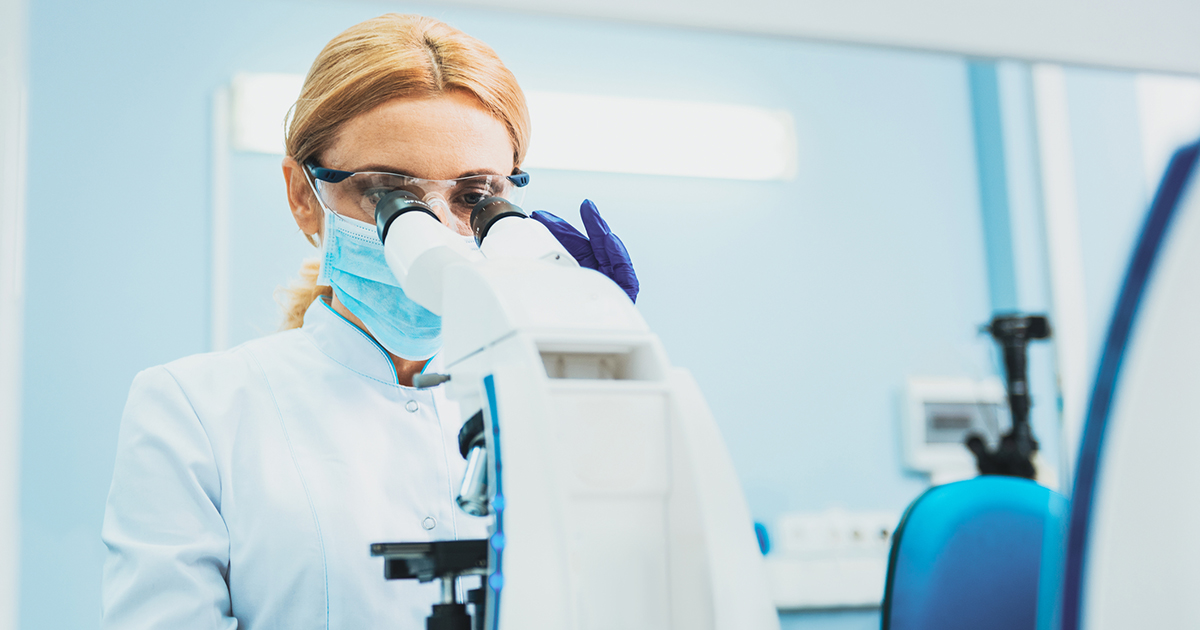Guide To The Cause And Treatment Of Ollier Disease
Ollier disease is a disorder of the skeleton where multiple enchondromas or benign cartilage growths form within an individual's bones. These growths cause numerous medical problems including deformities of the skeletal system, bone fractures, and limb discrepancy. The most common area for the enchondromas to develop is in an individual's hands and feet. These growths happen at the ends of the bones where an individual's bone growth takes place. Ollier disease usually manifests through multiple symptoms within the first ten years of an individual's life. The formation of the cartilage enchondromas in patients affected by Ollier disease typically stops when they reach full skeletal maturation. Ollier disease is diagnosed with the use of multiple medical diagnostic imaging tests including X-rays, MRIs, and CT scans. There is no cure for Ollier disease, so treatment focuses on the management of its symptoms and complications.
Genetic Mutation

While the entire underlying cause of Ollier disease is not clear, genetic mutations are known to play a key role in its development. The mutations associated with Ollier disease are somatic or non-inherited spontaneous mutations. One of the genes associated with this disorder is the IDH1 gene. This gene is responsible for the instructions on how to produce an enzyme called isocitrate dehydrogenase 1. This enzyme is critical for the production of a form of cellular energy called NADPH. The other gene associated with Ollier disease is the IDH2 gene. This gene is responsible for the instructions on how to make an enzyme called isocitrate dehydrogenase 2. This enzyme is also critical in the cellular process that makes NADPH. The third gene associated with causing Ollier disease is a mutation in the PTH1R gene, which plays an important role in the production of a protein that interacts with calcium in the body. These mutations in individuals affected by Ollier disease is only present in some of the cells in their body. The cells that contain the mutation are the cells of which enchondromas develop.
Keep reading for details on how to treat Ollier disease now.
Joint Replacement

In severe cases of Ollier disease, a joint replacement may be necessary if the enchondromas are causing the individual significant pain, impair the function of a joint, or cause severe cosmetic deformities. Individuals affected by Ollier disease have a significant number of enchondromas throughout their body. Therefore, the affected individual and their care team have to be selective of which joint(s) they should operate. When a patient undergoes the major surgical procedure of a joint replacement, damaged parts of the individual's bone and joint are cut and removed. These bones are then replaced with a prosthesis or a plastic, metal, or ceramic device. The prosthesis used in this type of procedure is intuitively designed to simulate the movement of a healthy joint. Usually, this type of surgery is the last line of treatment when other options have been exhausted or have proven to be ineffective. Recovery from a joint replacement involves the use of pain management methods and physical therapy for the individual to learn how to use their joint again.
Learn more about options for treating Ollier disease now.
